The 4.7 ohm resistor is one of the common resistances used in various applications, from power supplies to signal processing. Resistors are fundamental components in almost every electronic circuit, playing a role in controlling the flow of electric current. This blog post will walk you through the essentials of 4.7-ohm, its types, tolerances, power ratings, applications, and answer some frequently asked questions.
4. Power Ratings of Resistor 4.7 Ohm
5. 4.7 Ohm Resistor Applications
6. 4.7 Ohm Resistor Color Code
7. Frequently Asked Questions [FAQ]
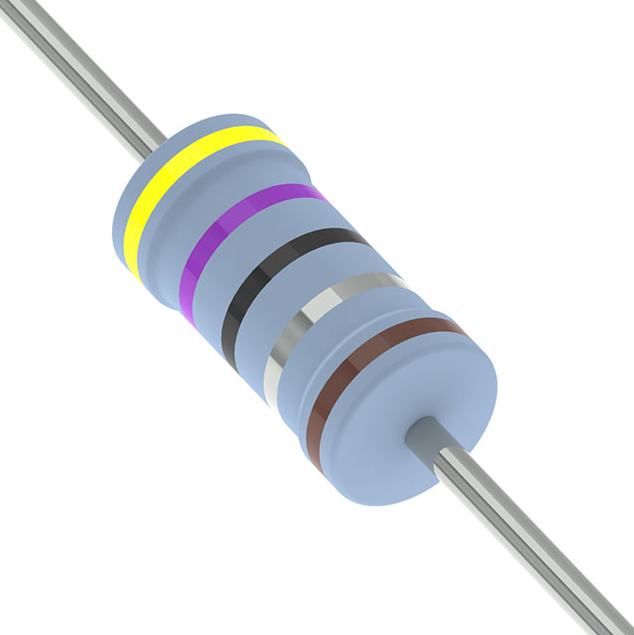
What is a 4.7 Ohm Resistor?
4.7-ohm is a type of resistor that has a resistance of 4.7 Ω, meaning it limits or resists the flow of electric current in a circuit. This specific resistance value often use in low-voltage applications or to limit current to a particular level in a system. Like all resistors, the primary function of 4.7-ohms is to reduce the current, dissipate energy in the form of heat, and protect other components from excessive current.
Types of 4.7 Ohms Resistor
4.7-Ohms are available in various forms, each suitable for different applications. Here are some of the common types:
4.7 Ohm Axial Resistor
This is one of the most commonly used types. It has wire leads extending from both ends, which makes it suitable for through-hole mounting on printed circuit boards (PCBs). They typically use in power supplies, amplifiers, and many general-purpose applications.
4.7 Ohm Resistor SMD (Surface-Mounted Device)
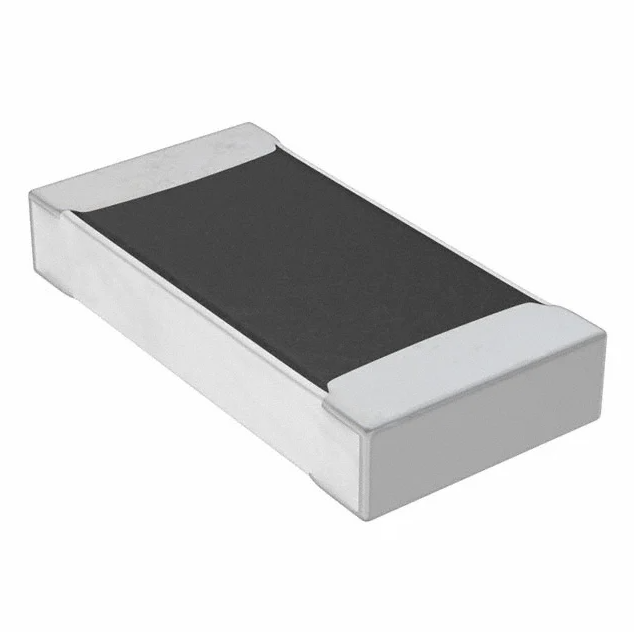
Designed for surface-mount technology (SMT) assembly, where they place directly on the surface of the PCB without requiring holes. SMD types are compact and ideal for modern, high-density electronic devices.
4.7 Ohm Wire Wound Resistor
Wire-wound make by winding a wire (typically made of a resistive alloy) around a ceramic or fiberglass core. Often use when require precision and high power ratings. 4.7-Ohm wire-wound can handle higher power and typically use in applications such as power supplies and high-precision instrumentation.
Metal Film
Made by depositing a thin film of metal on a ceramic substrate. They offer high precision, excellent stability, and low noise, making them ideal for applications like audio equipment and high-frequency circuits.
Metal Oxide Film
Similar to metal-film types, metal oxide film made by depositing a metal-oxide layer. They offer higher power ratings and better heat tolerance, making them suitable for power electronics and circuits exposed to high temperatures.
4.7 Ohm Fusible Resistor
Act as a fuse, disconnecting the circuit when the current exceeds a certain threshold. Use to protect circuits from overcurrent damage and commonly find in power supplies.
4.7 Ohm Heater Resistor
Designed to convert electrical energy into heat. These use in heating elements for appliances like toasters and ovens, as well as in industrial heating applications.
4.7 Ohm Resistor Tolerance
Refers to the percentage by which the actual resistance vary from its nominal value. For a 4.7-Ohm, tolerance indicates how precise the resistance values compare to its marked value.
0.02% offers extremely high precision, typically use in applications where even the smallest deviation is critical. 0.05% is also highly precise, suitable for advanced electronic designs. 0.1% is common in precision circuits, providing excellent accuracy for professional applications. 0.5% offers a good balance between precision and cost, often use in industrial circuits.
A 1% is standard for most resistors, widely use in consumer electronics and general-purpose applications. 2% is common in basic applications where some variation is acceptable, while 5% use in low-cost, general-purpose applications where exact resistance is less critical.
10% often find in less critical, high-volume applications where cost is a major factor. Lastly, 20% typically use in low-cost applications where precision is not essential, such as in basic consumer products or toys.
The lower the tolerance, the more precise the circuit is, making it ideal for high-accuracy applications. Higher tolerance, though more affordable, have a wider range of resistance variation.
Tolerance (%) | Minimum Resistance (Ohms) | Maximum Resistance (Ohms) |
0.02% | 4.69906 | 4.70094 |
0.05% | 4.6935 | 4.7065 |
0.10% | 4.6833 | 4.7167 |
0.50% | 4.665 | 4.735 |
1% | 4.653 | 4.747 |
2% | 4.606 | 4.794 |
5% | 4.465 | 4.935 |
10% | 4.23 | 5.17 |
20% | 3.76 | 5.64 |
Power Ratings of Resistor 4.7 Ohm
The wattage rating defines the maximum amount of power it can dissipate without being damaged. Power typically measure in watts. 4.7-Ohms are available in various power ratings, such as:
4.7 Ohm 1/4 Watt Resistor
Commonly use in low-power circuits like signal processing and analog devices.
4.7 Ohm 1/2 Watt Resistor
Suitable for moderate power applications where the current is a bit higher but still within safe limits.
4.7 Ohm 1 Watt
Use in circuits where require higher power dissipation, like in some amplifier designs.
4.7 Ohm 2 Watt
Suitable for higher power applications, often found in automotive or industrial systems.
4.7 Ohm 5 Watt
Can handle even more power, typically use in power supplies or heat-sensitive applications.
4.7 Ohm 10 Watt
Typically use in high-power applications such as power amplifiers and heavy-duty electronics.
4.7 Ohm 200 Watt Resistor
Heavy-duty resistors that can handle significant power loads, usually in industrial or high-performance electrical systems.
4.7 Ohm Resistor Applications
The 4.7 Ω is versatile and finds its way into many applications, including:
4.7 Ohm Current Limiting Resistor
Often use in circuits where it’s necessary to limit the current flowing to other components, protecting them from overcurrent damage.
Signal Processing
In some signal processing applications, a 4.7-Ohm use to control current flow in audio equipment, amplifiers, or filters.
Power Supplies
Use to regulate power flow and maintain stable current levels in power supplies and battery-powered devices.
Temperature Control
Heater resistors with a value of 4.7-Ohms use in devices such as electric heaters and temperature-regulated systems.
4.7 Ohm Resistor Color Code
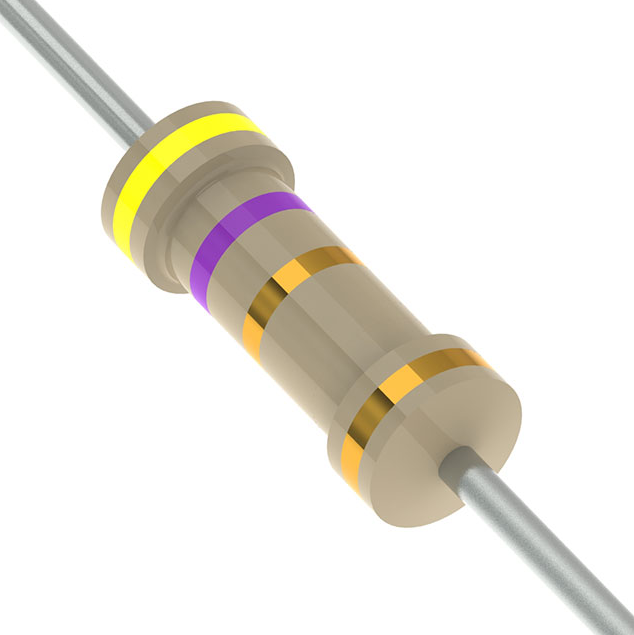
The colour coding represents its resistance value, and for a 4.7-ohm 4 band, the colors are:
Band | Colour | Meaning |
1st | Yellow | (4) First-Digit |
2nd | Violet | (7) Second digit |
3rd | Gold | (× 0.1) Multiplier |
4th | Gold | (±5%) Tolerance |
1st-Band (Yellow): Represents the first digit (4).
2nd-Band (Violet): Represents the second-digit (7).
3rd-Band (Gold): Indicates a multiplier of X 0.1, which means the value multiply by 0.1.
4th-Band (Gold): Represents a tolerance of ±5%, meaning the actual resistance vary by 5% from the nominal value.
So, the resistance value is: 47 x 0.1 = 4.7 ohms with a tolerance of ±5%.
4.7 Ohm 5 Band Resistor Color Code
Band | Colour | Meaning |
1st | Yellow | 4 |
2nd | Violet | 7 |
3rd | Black | 0 |
4th | Silver | × 0.01 Multiplier |
5th | Brown | ±1% Tolerance |
1st-Band (Yellow): Represents the first-digit (4).
2nd-Band (Violet): Represents the second-digit (7).
3rd-Band (Black): Represents the third-digit (0).
4th-Band (Silver): Indicates a multiplier of X 0.01, which means the resistance multiply by 0.01.
5th Band (Brown): Represents a tolerance of ±1%, meaning the actual resistance can vary by 1% from the nominal value.
So, the resistance value for 5-band is: 470 x 0.01 = 4.7 Ohms with a tolerance of ±1%.
Frequently Asked Questions [FAQ]
What is 4.7 ohm resistor price?
The prices of 4.7-Ohm can vary depending on the type, quality, and quantity. Typically, for standard axial or SMD resistors, prices range from $0.001 to $0.05 each. Higher precision or specialty types, such as wire-wound or metal oxide types, cost more. Bulk purchases usually bring the price down significantly, making them affordable for both hobbyists and manufacturers.
What color is a 4.7 ohm resistor?
The colour code for a 4.7-Ohm with a 4-band is yellow-violet-gold-gold. The first two bands (yellow and violet) represent the digits 4 and 7, respectively. The third-band (gold) represents the multiplier of 0.1, and the fourth-band (gold) indicates a tolerance of ±5%. For a 5-band type, the colors are yellow-violet-black-silver-brown, where the multiplier is 0.01.
What is a 4.7 ohm resistor equivalent to?
4.7-ohm doesn’t have a direct equivalent but commonly use in circuits requiring specific current-limiting values. It can substitute with circuits of nearby values like 4.3 or 5 ohms, depending on the application. In some circuits, it also replace by a combination of resistors to achieve a similar resistance. The exact choice depends on the circuit's tolerance and requirements.
What happens if the resistor is backwards?
Resistors are non-polarized components, meaning they can connect in either direction without affecting their function. Unlike diodes or capacitors, which are polarized, a resistor will work the same whether installed forwards or backwards. However, incorrect placement in certain circuits, like in high-power applications, could result in improper current handling, leading to heat buildup or failure. Always follow the circuit’s design specifications for optimal performance.
Can I use a multimeter to check a resistor?
Yes, can use to check a resistor’s value by measuring its resistance. Set the multimeter to the resistance (Ohm) setting, and connect the probes to the two leads of the resistor. The reading displayed will indicate the resistor’s actual resistance value. Important to ensure the resistor is not part of a live circuit when measuring, as this can give inaccurate readings.
What is the most common failure in a resistor?
The most common failure in resistors is overheating, which occurs when the circuit dissipates more power than it rate for. This can cause the resistor to burn out, resulting in an open circuit. Excessive heat can also cause a change in the resistor's resistance value, affecting the overall circuit performance. Overloading, power surges, or poor heat dissipation are typical causes of resistor failure.
Can you test a resistor without removing it?
Yes, you can test a resistor without removing it from the circuit by measuring the resistance across it with a multimeter. However, ensure the circuit power off, as the presence of voltage could affect the reading. Keep in mind that the resistor’s value influence by other components in the circuit, so for an accurate measurement, it’s ideal to test the resistor in isolation.
How many ohms should a resistor read?
Should read its nominal resistance value when measured with a multimeter, considering its tolerance. For example, a 4.7-Ohm should measure around 4.7 ohms. However, if the resistor has a tolerance of ±5%, the measured value range from 4.47 to 4.94 Ohms. A significantly higher or lower reading could indicate a damaged resistor, often caused by overheating or physical damage.
In conclusion, the 4.7 ohm resistor is a versatile component with a wide range of uses, from current-limiting and signal processing to power regulation. Its availability in various types and power ratings makes it suitable for many different applications. Whether you're working with low or high power, 4.7 ohms is an essential part of any electronic circuit.
Read More:
1. Guide to the 3 Ohm Resistor: Specifications and Color Code
2. 47 Ohm Resistor: Color Code, Specifications and Applications
HOT NEWS
The 0402 Resistor: A Comprehensive Guide
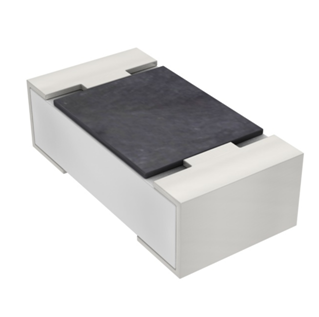
0402 Resistor
2025-05-06
Understanding A 0603 Resistor
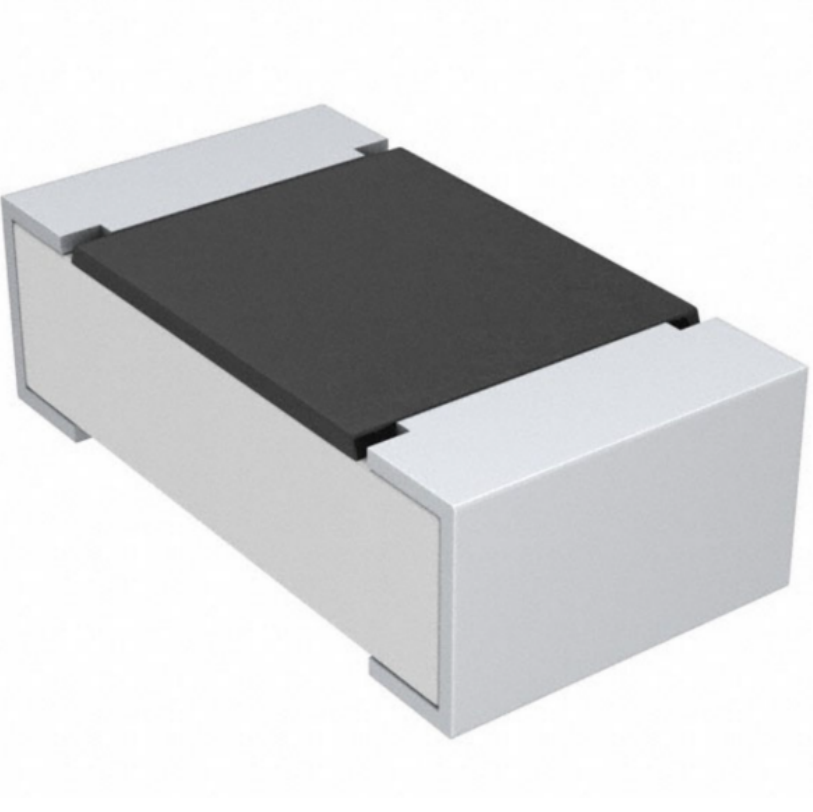
0603 resistor,dimensions,marking code, values
2025-05-29
What is 10k Ohm Resistor?

10k resistor 10k resistor color code
2025-05-14
What Is A 1206 Resistor?
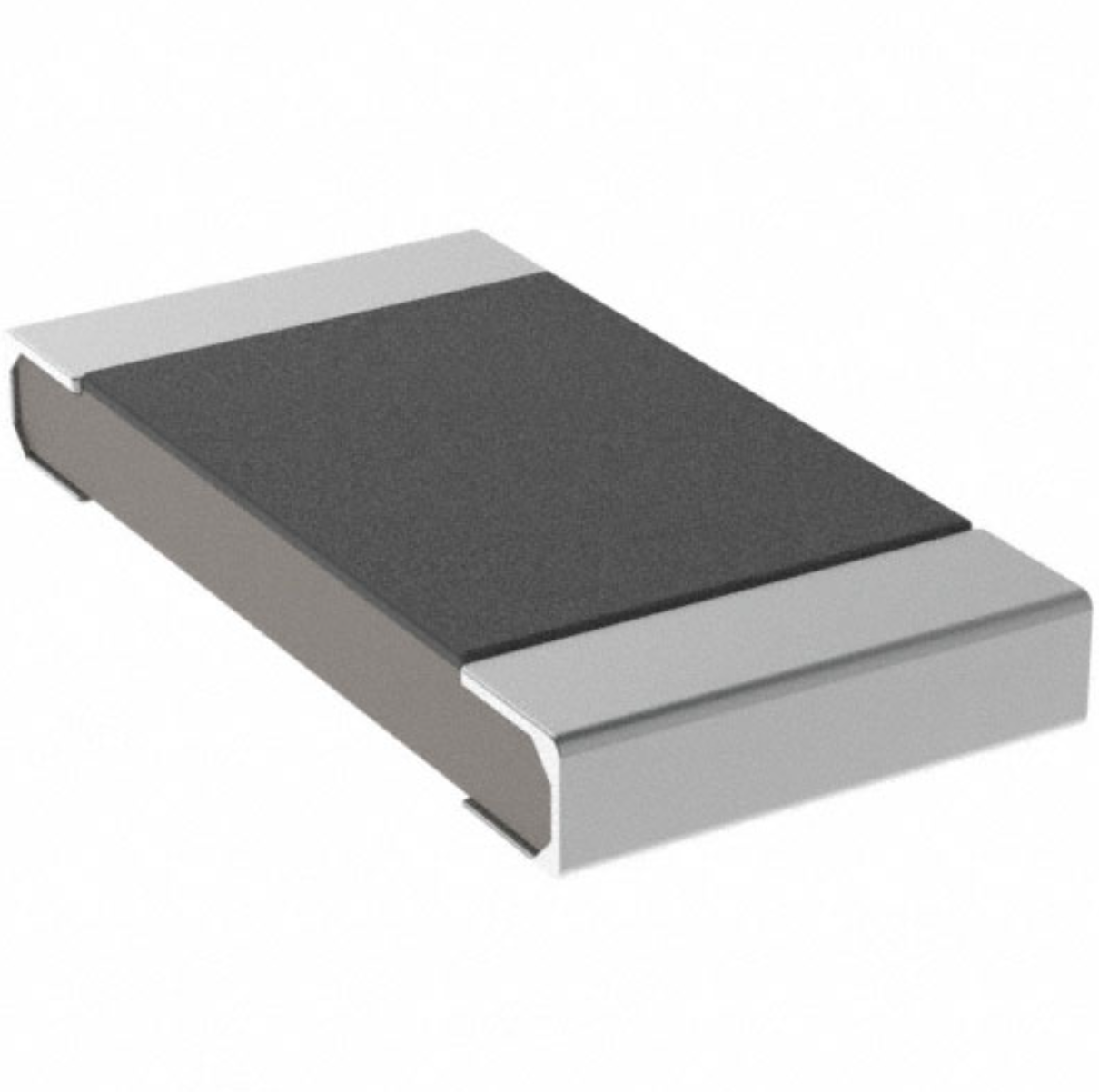
1206 resistor dimensions,footprint,value
2025-06-05
Everything You Need To Know About ARE1309 Relay

2025-04-23
120 Ohm Resistor- Specifications, Applications, and Features
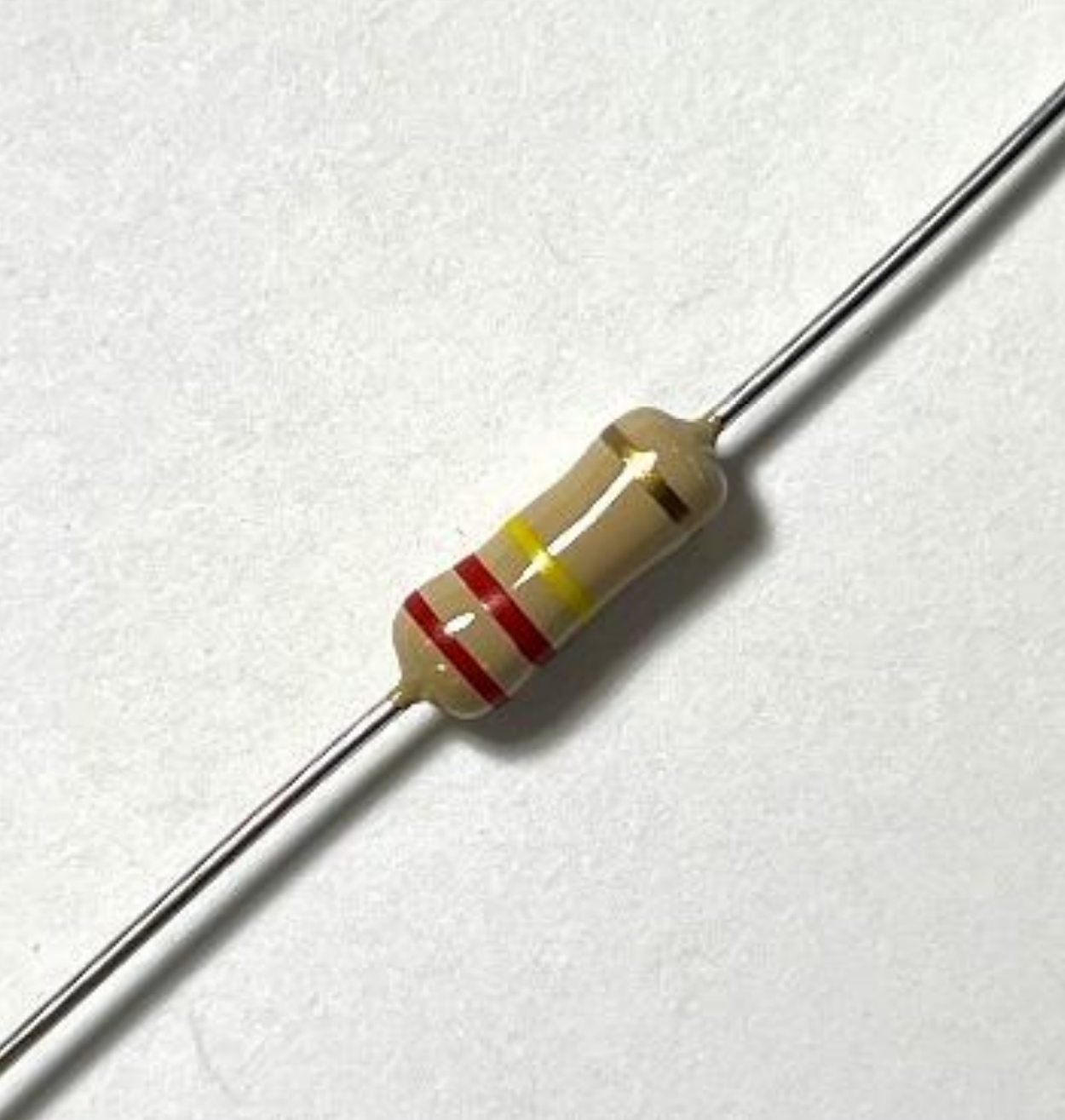
2025-05-12
What Is The 1K Ohm Resistor?
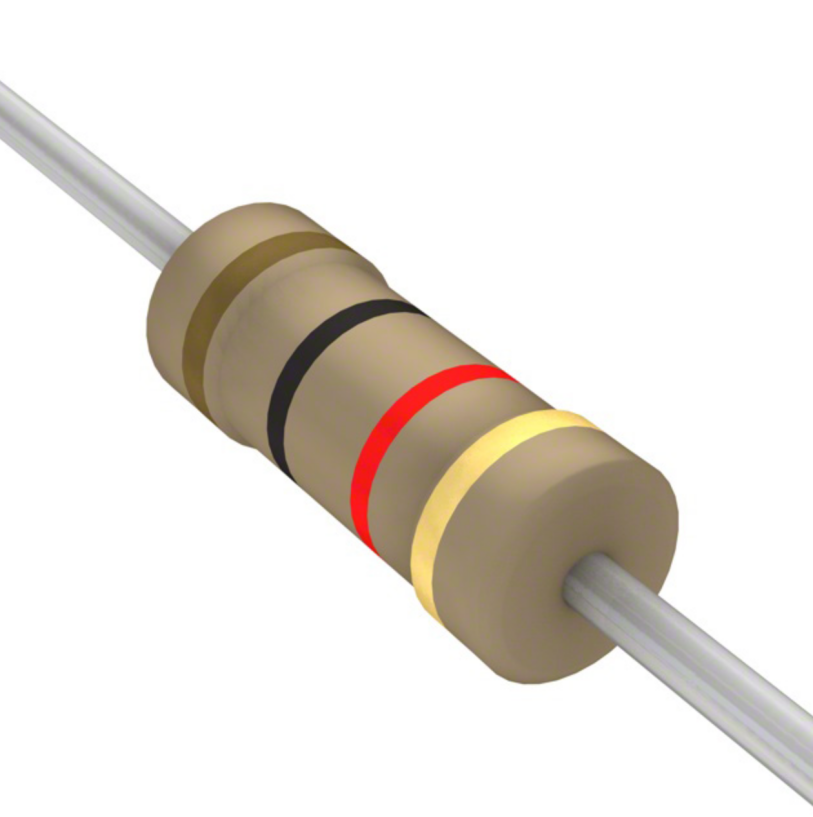
1k ohm resistor and color code
2025-05-21
What is 100 Ohm Resistor And Color Code?
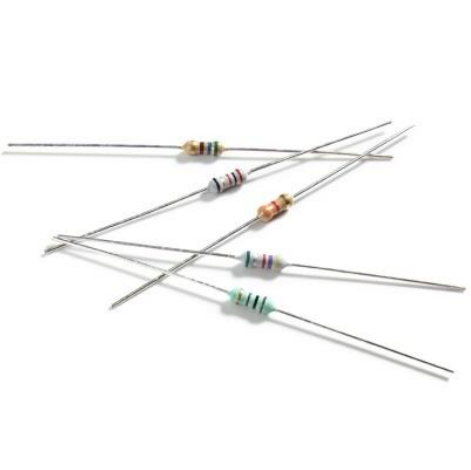
100 ohm resistor color code
2025-05-17
What Is The 0805 Resistor?
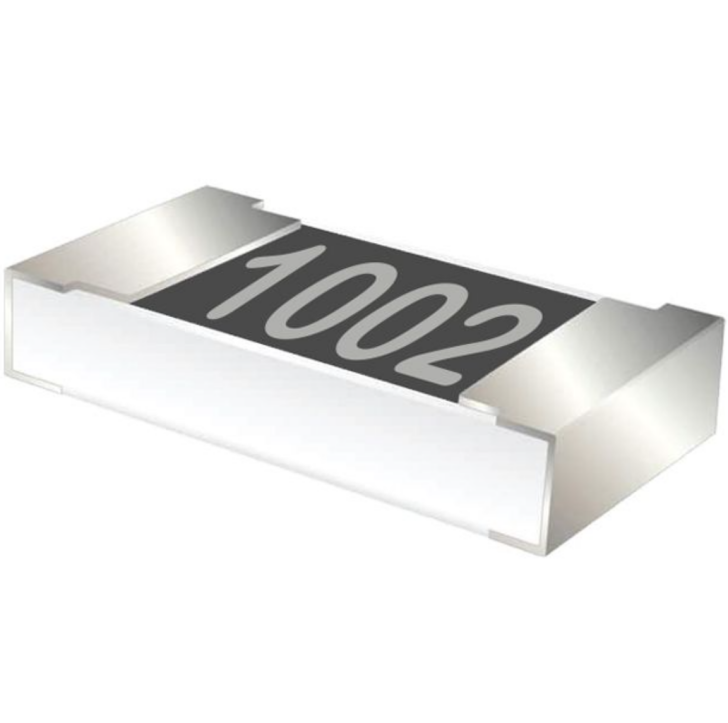
0805 Resistor, dimensions, value, tolerance, footprint
2025-05-31
MT3608 Boost Converter - An In-Depth Guide
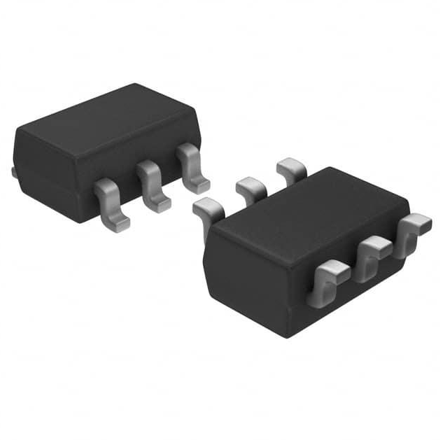
MT3608 Boost Converter
2025-09-04











 Product Catalog
Product Catalog





